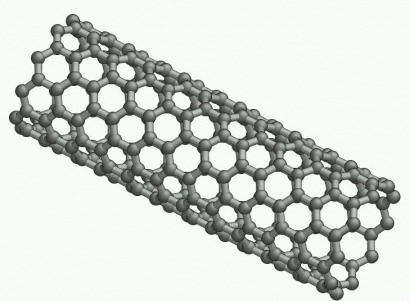
The carbon nanotubes are rolled up sheets of honeycomb-structured carbon atoms that are typically hundred thousandth of a millimetre in diameter. The single or multi-walled carbon nanotube structures have remarkable physical, chemical and electronic properties with conductivity better than any other known single element material including copper, thermal conductivity better than diamond, and extraordinary mechanical strength surpassing that of high tensile steel.
Experts at the University’s Advanced Technology Institute (ATI) have found a way to enhance the photo-current of organic materials based solar cells using these multi-wall carbon nanotubes. “The work has the potential to develop low cost, light-weight, printable and flexible renewable energy sources,” said the ATI. In a recent publication in the journal Advanced Materials, they report how incorporating nanotubes into an ultra-thin charge donor-acceptor organic material blend helps to significantly improve photo-generated charge transfer from the solar cell to the electrical circuit.
Professor Ravi Silva, Director of the ATI and co-author, stated that the incorporation of carbon nanotubes into the traditional organic solar cell structure in the form of triple junctions allows for more charges to be extracted from the cell, increasing the power delivery to the load.
“The main obstacle for this approach has been the deleterious effects associated with incorporating the nanotubes. We have adopted a method to alter the outer tube of the multi-wall nanotube so that they can be mixed well in organic materials with suitable solvents,” he explained.
Lead researcher Dr Damitha Adikaari added: “The approach is adaptable to a large number of similar systems, which would allow for better design freedom of large area, printable and flexible solar cells leading to lower cost”.
The technique demonstrates a unique method of overcoming the very low charge mobility in traditional organic materials, and shows how a very small modification to the charge transport system on the nanoscale can give rise to significant cost advantages when the triple junction carbon nanotube system is adapted to organic photovoltaic devices.
The techniques can also be used for organic light emitting diodes and other photonic systems. The research is fully sponsored by the energy supplier E.ON.
For additional information:

